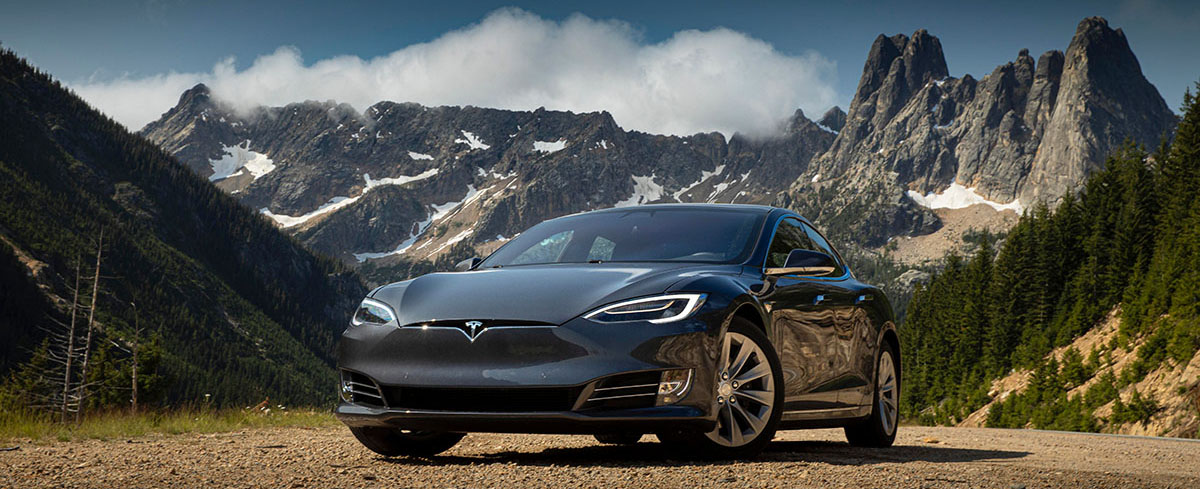

Pt
China has begun to move on rapidly from the lifting of a government lockdown declared in response to the Covid-19 outbreak. While certain restrictions remain in place, the government is aiming to breathe new life into the economy by using various tools at its disposal to incentivise a new growth phase.
China currently has the largest market of EV unit sales. The Chinese Government has spent at least $60 billion to support the fledgling EV industry, including research-and-development funding, tax exemptions and financing for battery-charging stations. China will also begin pushing for the replacement of diesel vehicles in key cities such as Beijing, a measure that will aim to reduce excessive amounts of pollution that is placed into the atmosphere because of diesel vehicles.
Money utilised by the Chinese Government will be used to begin replacing diesel vehicles in large cities that exceed the country’s Stage III emissions rating. This new, stricter rating would eventually clear high traffic cities like Beijing from heavy-duty diesel vehicles that release more than 2.1 grams of carbon monoxide per kWh of energy used.
EV industry poised for growth
Tesla, the leader in the EV space, surprised the market recently with first quarter results that showed delivery of new vehicles at 88,400 in the period, sending the share price 10% higher in aftermarket trade.

Analysts at Jefferies also upgraded Tesla’s stock recently from HOLD to a BUY, converting yet another Wall Street sceptic, according to one report.
While the Tesla numbers were understandably lower than the previous quarter due to the effect of the Covid-19, particularly in March, they were still 40% higher than a year earlier, showing continued strength in demand for EV compared with petrol vehicles.
Chinese subsidies will no doubt accelerate the world’s move towards a cleaner EV future. Over time, as the prices of EVs are expected to become even more competitive against their petrol fuelled peers, we could see an exponential increase in sales volumes.
In a recent call hosted by Berenberg, the Company’s analysts predicted that nickel’s long-term forecast price would remain the same, despite Covid-19, with the world still turning towards greener energy alternatives and requiring significant nickel inventories for EVs. Research suggests that the market will require approximately 0.5 - 1.3 million tonnes of new nickel by 2030, representing an increase of up to 50% in current global nickel production.
The announcement of the Chinese subsidy extension for a further two years and the world’s continued move towards renewable energy is welcome news for Horizonte. Horizonte is developing the Vermelho project which will look to directly supply nickel and cobalt into the EV market.